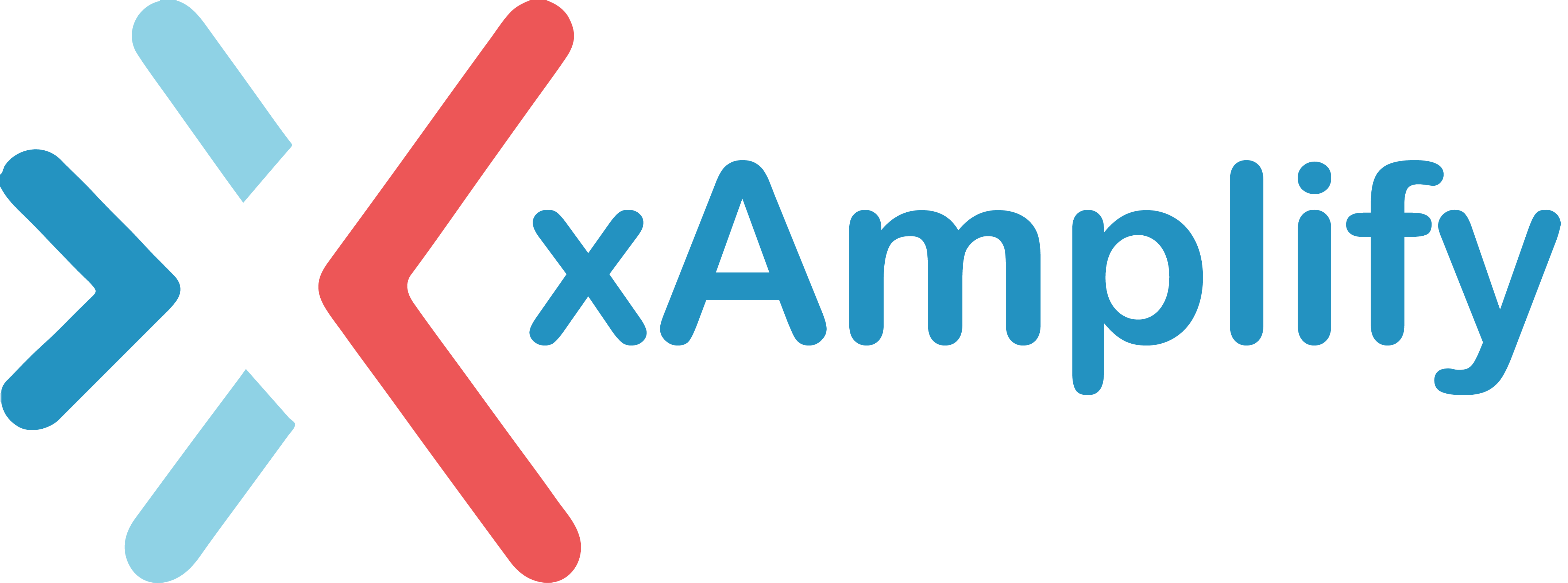With channel sales representing 75% of the world’s sales, this sales model already rules the world. But most companies don’t do it until they have proven their direct sales model and have created a repeatable sales process. It’s the great force-multiplier to scale a good operation to great. Channel sales allows for growth, even at a time of economic uncertainty. If you think that you’re ready to add channel sales to your sales program, learn more about how xAmplify can help you create lasting partnerships.
What are the Pros and Cons of Using Channel Sales?
Companies often hesitate to move to a channel sales program as they don’t fully understand how it works. We’ve broken down some of the most common pros and cons about channel sales to allow you to understand how channel marketing will impact your business.
Pros
Scale Faster: Between optimizing lead generation, training salespeople, and streamlining closing practices, the ability to scale can feel like an uphill battle. Channel sales let you take the pressure off most of those things, and send them downline to your channel partners. Hiring and onboarding new sales reps is costly and time-consuming; channel partners have numerous reps at their disposal to help facilitate your growth.
Expanded Customer Reach: Channel partnerships allow you to enter new markets without the costly effort and time that it takes to break into them. Use their current positioning in new markets to integrate yourself into them, without the effort that is usually required. Reach customers previously unavailable to you and expand your presence. Using channel partner marketing in a new market also lends an element of built-in trust to your product as it is promoted by a reputable source.
Cons
Sharing Revenue: Obviously the largest negative, channel sales means that you share revenue with a third party, instead of keeping it in house as is the case when selling directly to customers. Your partnership contract will outline the specifics of the financials, including the revenue they retain, and any other costs. That being said, with the potential for your channel partner to generate a large number of sales, the overall benefit will exceed the percentage that they retain.
Less Control Over Your Brand: By giving another company access to your brand’s products, you make the decision to put your brand’s reputation in their hands. A daunting idea. However, doing your due diligence and properly vetting potential partners will reduce this concern. Find partners whose values and mission align with yours. Create clear guidelines about how the channel partnership relationship will work, and use partner relationship management software to facilitate the implementation and sustenance of the relationship.
A key component to channel sales is enablement or giving channel partners the ability to learn and understand the repeatable sales process your company has developed. The advent of the PRM allows partners to know everything they need to know about your product and how to sell it. That can be daunting for partners. It’s the partner equivalent to going to medical school to learn how to administer CPR or nurse a cut. This is where TCMAs or platforms like xAmplify help. Their enablement platform helps with just-in-time help for partners and micro-learning. These next generation partner communications platforms are revolutionizing how channel teams are working with partners. For instance, xAmplify enables partners with a 360 degree view of customers from the angles of marketing, sales and customer success. Channel management and marketing teams can communicate to and through their indirect sales partners. Plus the entire platform is architected to ensure GDPR/CCPA compliance. No other partner platform is able to do that. This approach helps companies drive greater levels of partnership success and revenue, than ever before while increasing the lifetime value of customers. Want to learn more about xAmplify, contact us.

